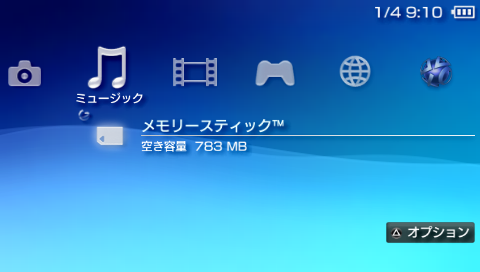

The track meter should jump up to ‑12dBFS and stay there, but if you’ve unticked Master Send you won’t hear it - which is exactly what we want.
#Psp automute generator#
Then open the FX tab, and add the Tone Generator (a JS effect). Create a new track called ‘Talkback Key’, and (you probably guessed) untick Master Send. Lastly, we need a ‘key’ track, which we’ll use to trigger the gates on ‘Monitor Submix’ and ‘Talkback Mic’ and thus toggle between them. While you’re in the routing box, create a new hardware output send from this channel to your monitoring headphones’ hardware output. Again, this is very simple: create a new track, name it ‘Monitor Bus’ and, once more, untick Master Send. This isn’t strictly required - we could just route everything directly to a hardware output - but it keeps things tidy and allows us to control the level and apply effects to the monitor output as a whole. Next, we’ll turn our attention to the main monitor bus. To do this, just create a new track, called ‘Monitor Submix’ and again untick Master Send and add a ReaGate plug‑in. Ordinarily, we’d use track sends to construct a monitor mix directly to a hardware output, but here we’ll send it to this submix track so we can mute or duck it underneath the talkback mic. Finally, add an instance of ReaGate to the track (we’ll configure this later).

We also want to prevent audio from passing to the main output, so click on the Route button and, in the track routing dialogue, untick the Master Send box.

This disables track recording, but still allows audio to pass through the track - it just won’t be stored on the hard drive when in record mode. Next, right‑click the record‑arm button and select ‘Record: disable (input monitoring only)’, then click to engage Record Monitoring. Hit the track’s record‑arm button and you should see the meters move when you speak. Create a new track called ‘Talkback Mic’ and set the input to whichever hardware channel you’ve plugged your mic into. (The purpose of each will become clearer as we proceed.) This rig involves four tracks: a mic input a monitor submix track a main monitor bus and a ‘key’ track, which we’ll use to toggle the talkback on/off. In the process, we’ll use Reaper’s flexible routing and the side‑chain capability of the ReaGate plug‑in.
#Psp automute how to#
In this column, I’ll explain how to set up a push‑to‑talk function using Reaper’s in‑built tools, and suggest a couple of nifty variations. There are monitor controllers and audio interfaces that offer this functionality, but as computers have grown more powerful and system latency has diminished more and more people are constructing their monitor mixes entirely in their DAW software. Release again and your mic is muted, with the monitor mix restored. It’s super handy when you’re recording performers in other rooms - you just press the button and it mutes the monitor mix and activates your talkback mic so you can communicate with the artists. One thing I missed when I first moved from a hardware console to a software‑based setup was the ‘push‑to‑talk’ talkback feature. Sending from our Talkback Key track to the new channels 3 and 4 of our Talkback Mic track.Ĭreate an auto‑ducking talkback facility using Reaper’s ReaGate plug‑in.


 0 kommentar(er)
0 kommentar(er)
